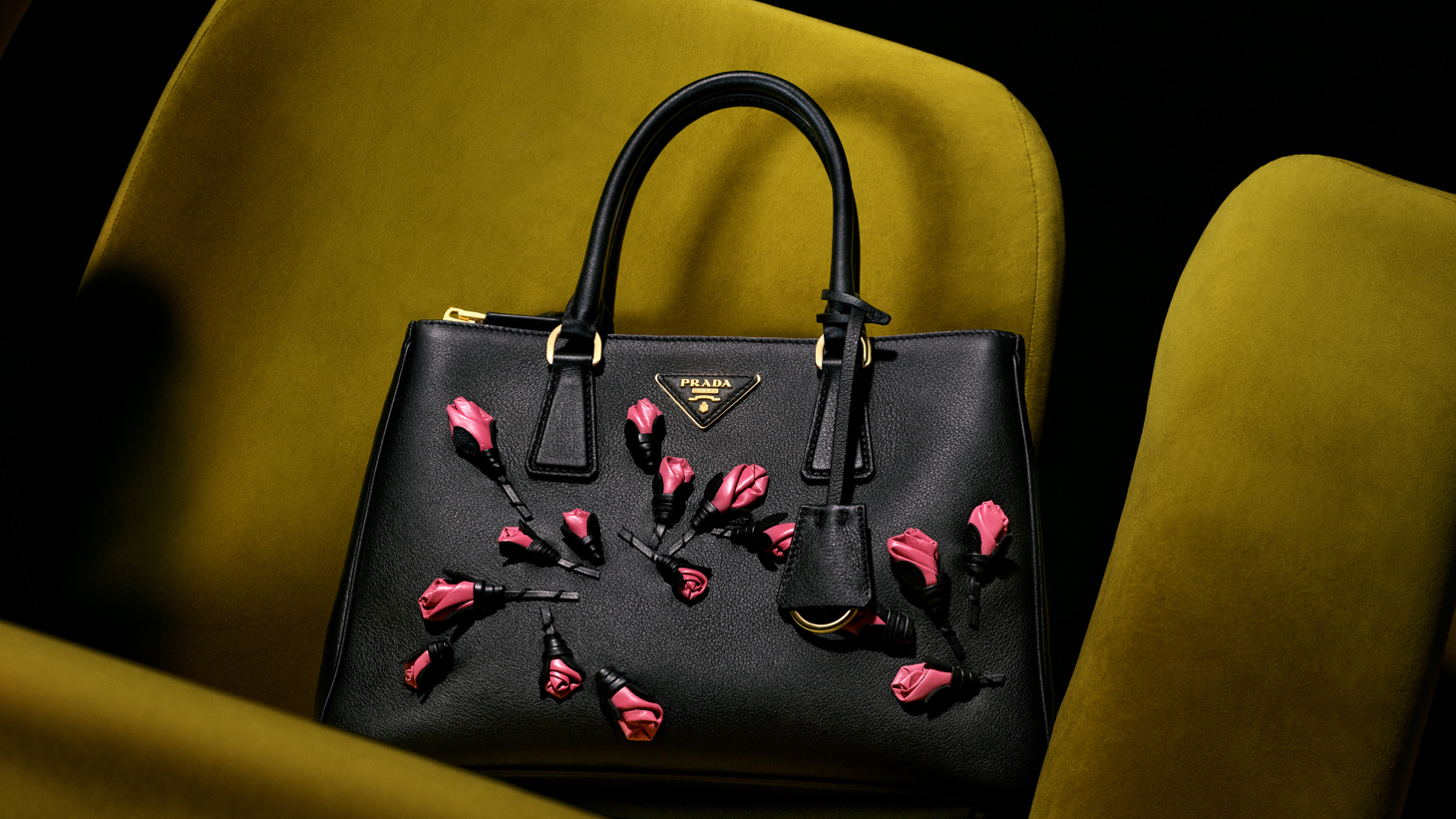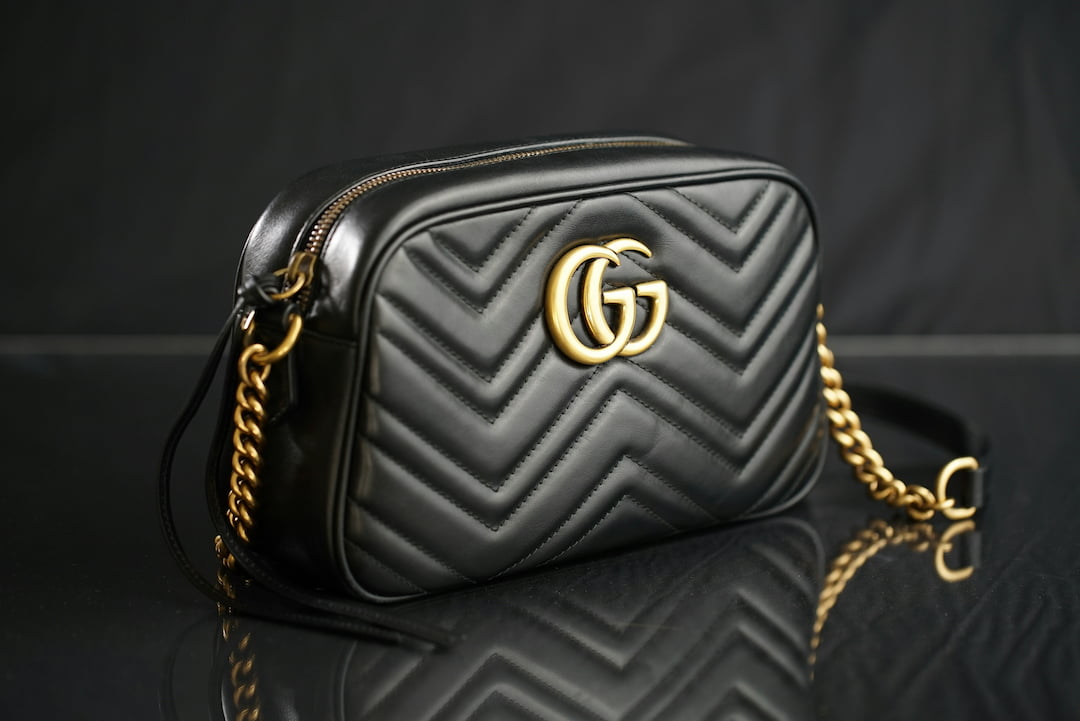
We Bought the Cage: The Quiet Tyranny of Things
Thea Elle
July 27, 2025
Welcome to the new elite illusion. It doesn’t scream with logos or drip in diamonds—it hums with restraint. Your purchases are thoughtful. Your wardrobe is tonal. Your choices suggest virtue. You don’t consume like the masses; you consume with care.
But that’s the trick. You’re still consuming.
Luxury’s most powerful evolution isn’t louder—it’s subtler. It flatters you into thinking your taste is a rebellion. But what if it’s just high-end conformity? What if you’ve merely traded one script for another? You haven’t escaped the luxury industrial complex. You’ve just learned its native tongue.
Real rebellion might not be quiet luxury. It might be silence—the refusal to play at all.

The Illusion of Wanting
Desire used to be a spark—sudden, internal, uniquely yours. Now, it’s a mirror held up to your feed. You don’t really want the objects. You want what they promise: belonging, status, a sense that you’ve made it, or at least that you’re on the right track. A new bag drops. Not functional, not even beautiful by traditional standards—but styled well, lit perfectly, placed in the hands of someone who already has what you crave. You save it. You send it to a friend. You imagine yourself with it. It doesn’t matter that you didn’t think about it yesterday. Today it feels necessary.
This is the new choreography of aspiration. It’s not about need, or even taste—it’s about familiarity. The more you see something, the more you accept it. And the more absurd the object, the more attention it commands. A tiny bag that fits nothing. A water bottle in a designer sling. A logo you once mocked but now find charming. Your perception has been softened by repetition and reframed by consensus. This is the great trick of modern consumerism: it doesn’t demand your obedience. It earns your trust. You laugh at the ridiculousness, post it with a wry caption, call it “camp.” But somehow, the item ends up in your cart. Somehow, the joke becomes your brand.

Exclusivity Is the New Addiction
There’s a strange kind of electricity that runs through the internet before a limited release. The previews trickle in, the influencers start posting coded messages, and the forums light up with speculation. Everyone is in on it — except most people won’t get the prize. And that’s exactly why it works. Limited editions are no longer about offering something special. They are about creating a frenzy. The point isn’t the product. It’s the chaos surrounding it. Brands have learned that the best way to sell isn’t to sell at all — it’s to withhold. To dangle. To provoke. And we respond like clockwork, convinced that this is the thing that will finally make us feel ahead, included, worthy.
A shoe drop becomes a spectacle. A jacket becomes a badge. And owning the item becomes shorthand for being fast, savvy, and in the loop. But while it looks like empowerment, it often feels like exhaustion. Every drop is a new cliffhanger. Every purchase carries the weight of the one you didn’t get. The culture of scarcity thrives on turning desire into anxiety, then monetizing the cure. It’s not about your taste anymore — it’s about your timing. Not about what you want — but how badly you want to belong. And in chasing exclusivity, you end up surrendering your agency to algorithms, influencers, and marketing calendars disguised as culture.


The False Freedom of the Feed
We live in a culture that equates visibility with value. To be seen is to be valid. To be current is to be worthy. And the easiest way to be both? Buy something. Then share it. This isn’t just a trend. It’s a trap. What began as the thrill of finding something that felt like you has transformed into a never-ending performance of keeping up. The tactics once reserved for limited sneaker drops or high-end handbags — countdowns, exclusivity, artificial scarcity — now define everything. Cookware. Supplements. Lamps. Leisurewear. You are no longer just a consumer — you are a curator of your life, and the pressure to do it flawlessly is relentless.
The problem is, the more you buy to assert yourself, the more the market has to invent new things for you to want. What’s scarce isn’t stuff — it’s stillness. It’s satisfaction. And in this always-on chase for the next identity-refresh, the next flex, the next little badge of taste, consumption becomes a reflex. You’re not chasing happiness anymore. You’re chasing relief from the fear of being left behind. But the truth is simple and inconvenient: No amount of purchases will protect you from irrelevance. Because the system isn’t broken. It’s working exactly as designed. It doesn’t want you satisfied — it wants you searching.

Choosing Less, Living More
As luxury turns louder and consumption becomes a performance, there’s a subtle shift happening beneath the surface. A growing number of people are stepping off the endless treadmill of “what’s next” and choosing something far more radical: what’s enough. Not because they’ve lost interest in beauty or style, but because they’ve grown tired of the noise. Tired of the constant chase. Tired of mistaking acquisition for identity. This movement isn’t austere or joyless. On the contrary, it’s full of pleasure — the kind that comes from knowing why you want something before you reach for it. It’s about surrounding yourself with objects that add richness, not clutter, to your life. It’s about rejecting the idea that desire must be infinite to be meaningful. The new luxury isn’t more — it’s clarity, space, and depth.
Thoughtful rebellion doesn’t look dramatic. It looks like resisting impulse in favor of intention. It looks like savoring the old instead of chasing the new. It looks like a closet with fewer clothes but more stories. And while it may not trend on TikTok or headline the next fashion week, it’s growing — one conscious choice at a time. Because the true flex now? Knowing exactly what you don’t need.

The Luxury of Saying No
In a world where wanting is endless and updates never stop, freedom begins with refusal. Not bitter, joyless rejection — but thoughtful, intentional decline. You can still love beauty. You can still admire design. But you no longer have to be consumed by the need to consume. We’ve been taught that taste is a ladder. That if you climb high enough — through the right purchases, the right aesthetics, the right scarcity drops — you’ll reach something that feels like self-worth. But what if the climb is the trap? What if true style isn’t about ascending but stepping sideways — out of the cycle entirely?
To choose freedom over fetish is to redefine your relationship with desire. It’s not anti-luxury. It’s post-luxury. It says: I don’t need this to be whole. I don’t need to prove I understand. I don’t need the next thing to feel like someone. That kind of confidence can’t be bought. And that, maybe, is the most luxurious thing of all.

